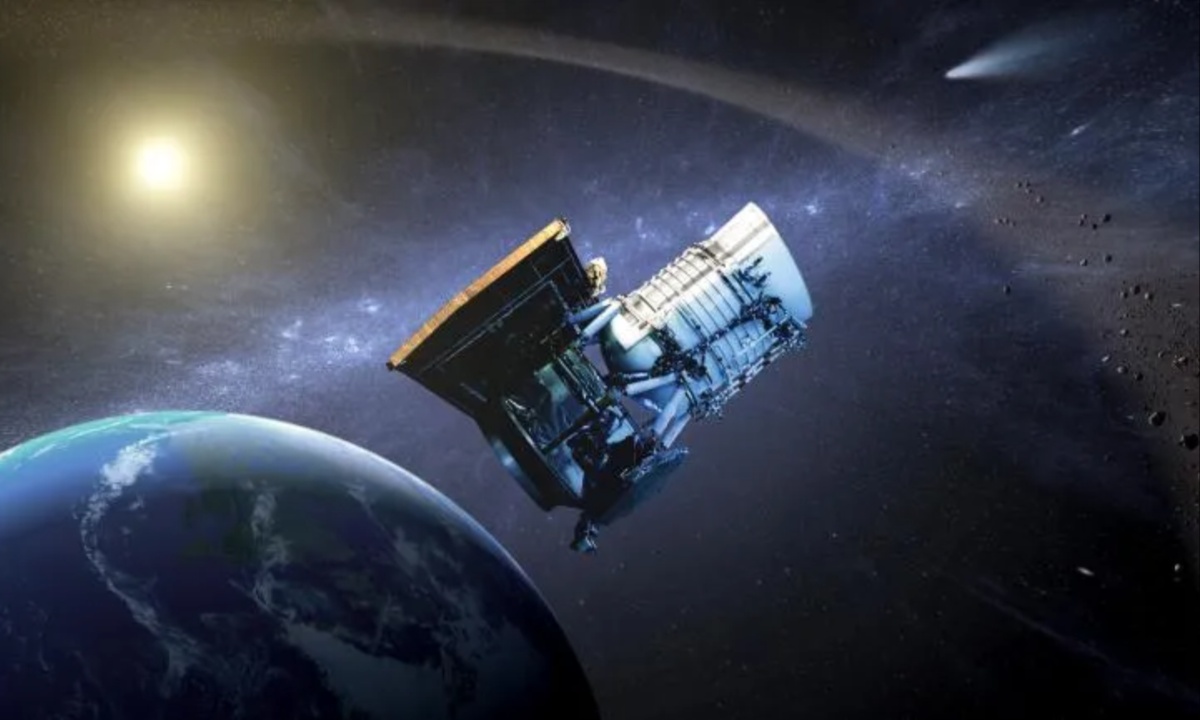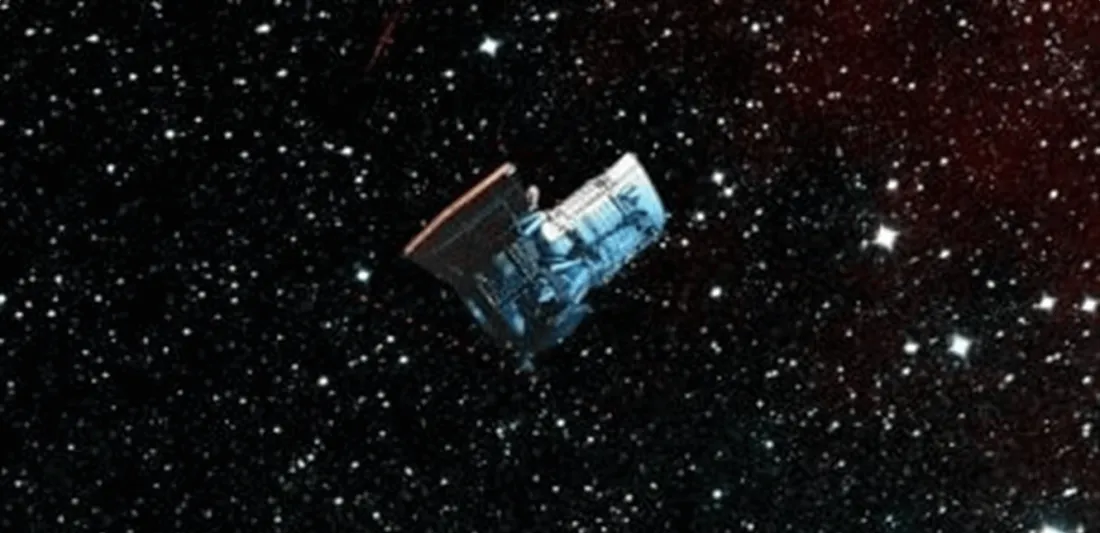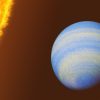NASA recently decommissioned a spacecraft that played a crucial role in planetary defense by discovering 400 near-Earth asteroids and comets. Launched in 2009, the Wide-field Infrared Survey Explorer (WISE) initially spent seven months scanning the sky for infrared emissions from various celestial bodies.
When its coolant ran out in 2011, the spacecraft went into hibernation but was reactivated in 2013 to focus on detecting objects within our Solar System, especially near-Earth objects (NEOs). Known as NEOWISE after its reactivation, the spacecraft continued its observations for another decade, surpassing its expected lifespan.
NEOWISE specializes in detecting faint asteroids and comets that could pose a threat to Earth. Its infrared telescope allowed scientists to measure the size of these objects more accurately than ground-based telescopes, which rely on reflected sunlight.
One of NEOWISE’s notable discoveries was Comet NEOWISE, which became visible to the naked eye in 2020. Despite its modest 16-inch telescope, NEOWISE contributed significantly to asteroid detection, enhancing our understanding of near-Earth objects and planetary defense.

The spacecraft made substantial contributions to planetary defense, discovering 366 near-Earth asteroids and 34 comets, with 64 classified as potentially hazardous. This helped scientists refine their estimates of the number of near-Earth objects, which are thought to be around 25,000.
Unlike ground-based telescopes, NEOWISE could observe these objects 24 hours a day, providing an advantage in identifying potentially dangerous asteroids, especially those approaching from the direction of the Sun, which ground-based instruments often miss.
Thanks to NEOWISE and its predecessor WISE, scientists have discovered over 90 percent of near-Earth objects larger than 1 kilometer in diameter. These massive objects could have global effects if they were to collide with Earth.
However, there is still much work to be done in tracking smaller, yet still hazardous, asteroids. In 2005, Congress directed NASA to find 90 percent of near-Earth objects that are at least 140 meters in diameter. To date, only about 43 percent of these have been discovered, highlighting the need for further space-based observations.
NASA is already preparing for the next phase of planetary defense with the NEO Surveyor mission, set to launch in 2027. This mission will build on the work of NEOWISE, using a more advanced telescope to detect asteroids in infrared wavelengths.
It aims to find two-thirds of the 140-meter class near-Earth objects within five years and 90 percent within a decade. Positioned a million miles from Earth, NEO Surveyor will have a sunshade and superior technology, allowing it to observe asteroids that are difficult to spot from ground-based observatories.
Despite the conclusion of NEOWISE, the data it collected will continue to benefit scientists for years to come. Its contributions have laid the groundwork for the upcoming NEO Surveyor mission, which will further enhance our ability to detect and track potentially hazardous asteroids.
For the dedicated NEOWISE team, the spacecraft’s decommissioning is a bittersweet moment, but they take pride in the mission’s accomplishments and the scientific advancements it enabled.

